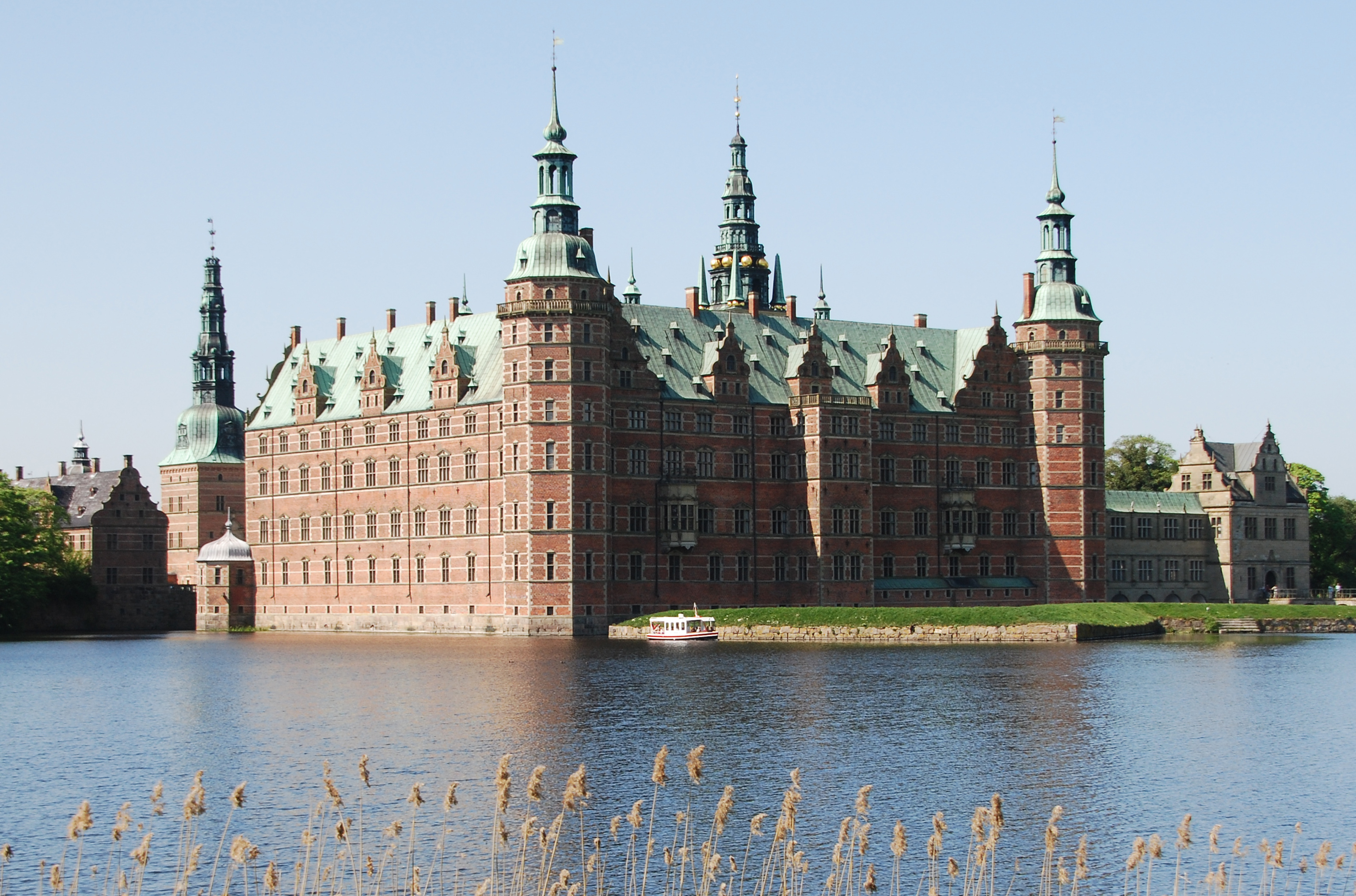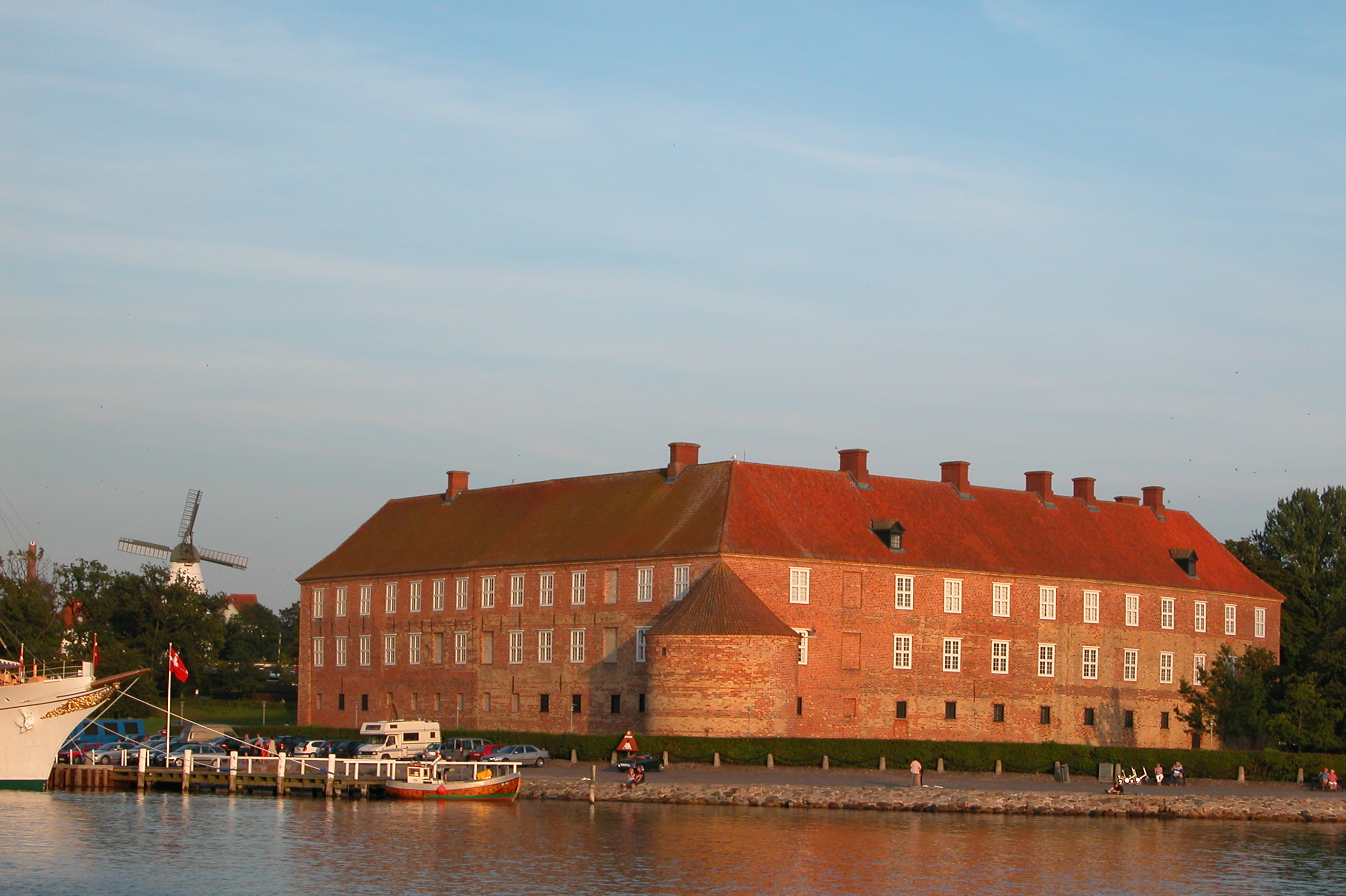|
Christian Gyldenløve
Christian Gyldenløve, Count of Samsøe (Copenhagen, 28 February 1674 – Odense, 16 July 1703), was a Danish nobleman and military officer. He was one of five illegitimate children fathered by Christian V of Denmark with Sophie Amalie Moth. He distinguished himself in both foreign and Danish-Norwegian military service and established himself as the Danish Count ''Danneskiold-Samsøe,'' which descended from his second marriage. In Copenhagen on 27 November 1696 Christian married firstly his second cousin Countess Charlotte Amalie Danneskiold-Laurvig (15 November 1682 – 7 December 1699), a daughter of Ulrik Frederik Gyldenløve. They had two daughters: *Christiane Charlotte (Copenhagen, 7 July 1698 – Akershus, 5 October 1699) * Frederikke Louise (Akershus, 2 October 1699 – Sønderborg, 2 December 1744), married on 21 July 1720 to her kinsman Christian August, Duke of Schleswig-Holstein-Sonderburg-Augustenburg In Copenhagen on 25 May 1701 Christian married secondly Dor ... [...More Info...] [...Related Items...] OR: [Wikipedia] [Google] [Baidu] |
Frederiksborg Palace
Frederiksborg Castle ( da, Frederiksborg Slot) is a palatial complex in Hillerød, Denmark. It was built as a royal residence for King Christian IV of Denmark-Norway in the early 17th century, replacing an older castle acquired by Frederick II and becoming the largest Renaissance residence in Scandinavia. On three islets in the ''Slotssøen'' (castle lake), it is adjoined by a large formal garden in the Baroque style. After a serious fire in 1859, the castle was rebuilt on the basis of old plans and paintings. Thanks to public support and the brewer J. C. Jacobsen, its apartments were fully restored and reopened to the public as the Danish Museum of National History in 1882. Open throughout the year, the museum contains the largest collection of portrait paintings in Denmark. It also provides visitors with an opportunity to visit several of the castle's state rooms including the restored Valdemar Room and Great Hall as well as the Chapel and the Audience Chamber which were bot ... [...More Info...] [...Related Items...] OR: [Wikipedia] [Google] [Baidu] |
Sophie Amalie Moth
Sophie Amalie Moth, Countess of Samsøe (28 March 1654 – 17 January 1719) was the officially acknowledged royal mistress of King Christian V of Denmark. Together they had six acknowledged illegitimate children, all of whom bore the surname Gyldenløve. In 1677 she was elevated to be the first Countess of Samsø. The still-existing Danish noble family of Danneskiold-Samsøe is descended from her. Sophie Amalie Moth was the first officially acknowledged royal mistress in Denmark. Biography Sophie Amalie was born on 28 March 1654 as the daughter of Poul Moth (1601–1670), doctor of the royal court, and Ida Dorothea Bureneus (1624–1684). The relationship with the monarch was more or less arranged by her mother, and started in 1671 or 1672. Sophie bore Christian six children, each of whom he acknowledged publicly. Consistent with the practice of his father and grandfather, all were given the surname Gyldenløve. In 1677 Sophie Amalie was given the title Countess of Sams� ... [...More Info...] [...Related Items...] OR: [Wikipedia] [Google] [Baidu] |
Lensgreve (Danish Title)
Lensgreve is the name of the highest noble rank in Denmark, and refers to a count (''greve'') holding an estate with the status of a (len) county. They rank above ordinary (titular) counts, and their position in the Danish aristocracy as the highest-ranking noblemen is broadly comparable to that of dukes in other European countries.Ferdinand Christian Herman von Krogh: ''Den høiere danske Adel. En genealogisk Haandbog'', C. Steen & søn, 1866 The rank was introduced in 1671 by a regulation establishing counties A county is a geographic region of a country used for administrative or other purposesChambers Dictionary, L. Brookes (ed.), 2005, Chambers Harrap Publishers Ltd, Edinburgh in certain modern nations. The term is derived from the Old French ... and baronies. References Danish noble titles ... [...More Info...] [...Related Items...] OR: [Wikipedia] [Google] [Baidu] |
Dorothea Krag
Dorothea Krag (27 September 1675–10 October 1754) was a Danish Postmaster General and noble. Dorothea was married first to count Jens Juel in 1694, and second to the king's illegitimate half brother Christian Gyldenløve in 1701. As the widow of Count Christian Gyldenløve, the Postmaster General A Postmaster General, in Anglosphere countries, is the chief executive officer of the postal service of that country, a ministerial office responsible for overseeing all other postmasters. The practice of having a government official responsib ... since 1686, she was granted the income from the office from 1703 until 1711. This was expected to be a purely formal office for her part, however she did in fact perform the duties of Postmaster, something unique for a woman of her time and the first for her country. She reformed the office of postmaster (1705), and introduced uniforms and signal horns (1709). Married thirdly to nobleman Hans Adolf Ahlefeld in 1715. See also * Katha ... [...More Info...] [...Related Items...] OR: [Wikipedia] [Google] [Baidu] |
Christian August, Duke Of Schleswig-Holstein-Sonderburg-Augustenburg
Christian August I, Duke of Schleswig-Holstein-Sonderburg-Augustenburg (4 August 1696 – 20 January 1754) was a son of Frederick William of Schleswig-Holstein-Sonderburg-Augustenburg, who was himself a son of Ernest Günther. He served as provost of the cathedral chapter in Hamburg. Later, he became governor of the Danish island Als, then General of the Infantry and Colonel of the royal guards in Denmark. In 1731, Christian August I succeeded his childless uncle Ernest August. Marriage and issue He married Frederikke Louise (1699–1744), the daughter of Count Christian Gyldenløve of Danneskiold-Samsøe. They had the following children: * Frederick Christian I * Emil August (1722–1786): Lieutenant General Lieutenant general (Lt Gen, LTG and similar) is a three-star military rank (NATO code OF-8) used in many countries. The rank traces its origins to the Middle Ages, where the title of lieutenant general was held by the second-in-command on the ... in the D ... [...More Info...] [...Related Items...] OR: [Wikipedia] [Google] [Baidu] |
Sønderborg
(; german: Sonderburg ) is a Danish town in the Region of Southern Denmark. It is the main town and the administrative seat of Sønderborg Municipality (Kommune). The town has a population of 27,766 (1 January 2022),BY3: Population 1. January by urban areas, area and population density The Mobile Statbank from Statistics Denmark in a municipality of 73,711. In recent times, Sønderborg is a center for trade, tourism, industry, and education in the region of . The town is the headquarters for several industrial companies. Sønderburg joined the UN ... [...More Info...] [...Related Items...] OR: [Wikipedia] [Google] [Baidu] |
Akershus
Akershus () is a traditional region and current electoral district in Norway, with Oslo as its main city and traditional capital. It is named after the Akershus Fortress in Oslo. From the middle ages to 1919, Akershus was a fief and main county that included most of Eastern Norway, and from the 17th century until 2020, Akershus also had a more narrow meaning as a (sub) county that included most of the Greater Oslo Region. After 2020 the former county of Akershus was merged into Viken along with the former counties of Østfold and Buskerud. In 2022 the Storting voted to dissolve Viken and reestablish Akershus county. Originally Akershus was one of four main fiefs in Norway and included almost all of Eastern Norway. The original Akershus became a main county (''Stiftamt'' or ''Stift'') in 1662 and was sometimes also known as ''Christiania Stift''. It included several subcounties (''Amt'' or ''Underamt''); in 1682 its most central areas, consisting of modern Oslo and Akershus, beca ... [...More Info...] [...Related Items...] OR: [Wikipedia] [Google] [Baidu] |
Ulrik Frederik Gyldenløve
Ulrik Frederik Gyldenløve, Count of Laurvig (20 July 1638 – 17 April 1704) was Governor-general of Norway (''Stattholdere i Norge'') from 1664–1699. He was the leading general in Norway during the Scanian War, whose Norwegian leg is conventionally named the Gyldenløve War after him. Early life Gyldenløve was born in Bremen, Germany, the illegitimate son of Prince Frederick, later King Frederick III of Denmark, who was at the time Prince-Archbishop of Bremen and coadjutor of the Bishopric of Halberstadt. His mother was Margrethe Pape, (1620–1684) who was made Baronesse of Løvendal by King Christian IV on September 15 that same year. When his father became King of Denmark-Norway in 1648, Ulrik Frederik assumed the surname Gyldenløve which was used by illegitimate sons of Danish kings. During the first half of the 1650s, he traveled in Europe, visiting France, Italy and Spain. He attended the University of Siena in 1654 and in Rome in 1655. On 21 August 1655 he b ... [...More Info...] [...Related Items...] OR: [Wikipedia] [Google] [Baidu] |
Countess Charlotte Amalie Danneskiold-Laurvig
Count (feminine: countess) is a historical title of nobility in certain European countries, varying in relative status, generally of middling rank in the hierarchy of nobility. Pine, L. G. ''Titles: How the King Became His Majesty''. New York: Barnes & Noble, 1992. p. 73. . The etymologically related English term "county" denoted the territories associated with the countship. Definition The word ''count'' came into English from the French ''comte'', itself from Latin ''comes''—in its accusative ''comitem''—meaning “companion”, and later “companion of the emperor, delegate of the emperor”. The adjective form of the word is "comital". The British and Irish equivalent is an earl (whose wife is a "countess", for lack of an English term). In the late Roman Empire, the Latin title ''comes'' denoted the high rank of various courtiers and provincial officials, either military or administrative: before Anthemius became emperor in the West in 467, he was a military ''comes ... [...More Info...] [...Related Items...] OR: [Wikipedia] [Google] [Baidu] |
Lutheran
Lutheranism is one of the largest branches of Protestantism, identifying primarily with the theology of Martin Luther, the 16th-century German monk and reformer whose efforts to reform the theology and practice of the Catholic Church launched the Protestant Reformation. The reaction of the government and church authorities to the international spread of his writings, beginning with the '' Ninety-five Theses'', divided Western Christianity. During the Reformation, Lutheranism became the state religion of numerous states of northern Europe, especially in northern Germany, Scandinavia and the then- Livonian Order. Lutheran clergy became civil servants and the Lutheran churches became part of the state. The split between the Lutherans and the Roman Catholics was made public and clear with the 1521 Edict of Worms: the edicts of the Diet condemned Luther and officially banned citizens of the Holy Roman Empire from defending or propagating his ideas, subjecting advocates of Lutheranis ... [...More Info...] [...Related Items...] OR: [Wikipedia] [Google] [Baidu] |

%2C_Leibarzt.jpg)
.jpg)



.jpg)